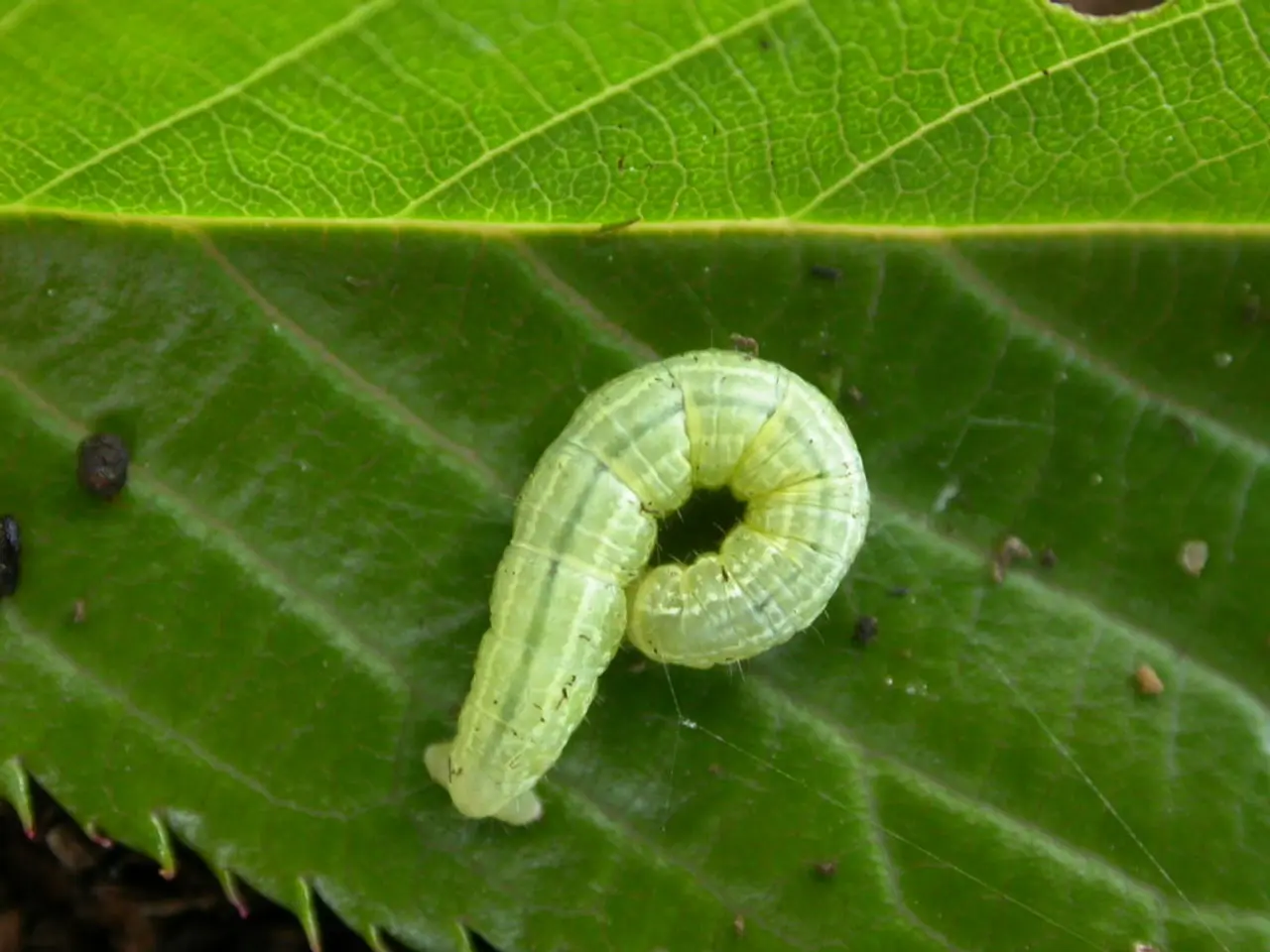Guinea worm disease: An overview of its nature
Guinea Worm Infection, scientifically known as Dracunculiasis, is a parasitic disease caused by the Guinea worm, Dracunculus medinensis. This debilitating disease primarily affects individuals in rural areas of Africa and some parts of the Middle East, where access to clean drinking water is limited.
The disease transmission begins when a person drinks water contaminated with tiny water fleas (copepods) that carry the larvae of the Guinea worm. When people consume such unsafe water, the larvae enter the body, mature, and eventually emerge through the skin, causing painful wounds.
Prevention efforts focus on interrupting this transmission cycle. Providing access to safe drinking water, such as borehole wells, filtering water to remove copepods, or treating water with larvicides are some effective methods. Health education is also crucial to promote safe drinking water practices, surveillance to detect new cases promptly, and containment to prevent worm contamination of water sources when a case occurs.
In some regions, animal reservoirs like dogs, cats, and baboons also carry the worm, complicating eradication efforts. Prevention must include targeting infected animals to reduce transmission.
Eradication programs have been successful in many countries like India, which was certified free of transmission by 2000. Currently, transmission persists mainly in parts of Africa, including South Sudan, Ethiopia, Mali, Angola, Cameroon, and Chad. These regions combine efforts of improved water sanitation, health education, and animal surveillance to reduce incidence.
The synergy of clean water infrastructure, community education, case surveillance, and addressing animal reservoirs form the core prevention approach globally. Raising awareness about Guinea Worm Infection is vital for prevention. Educational programs can help communities understand how the infection spreads and the importance of hygiene.
During treatment, staying hydrated is important, especially if the patient is experiencing fever or vomiting. Over-the-counter pain relievers such as ibuprofen or acetaminophen can help alleviate discomfort. The most effective treatment for Guinea worm infection is the manual extraction of the worm, typically performed by a healthcare professional.
Long-term effects of Guinea worm infection include disability and psychological impact due to the visible nature of the infection. Encouraging handwashing and proper sanitation can significantly reduce the risk of Guinea Worm Infection. Involving local leaders can help mobilize resources and encourage community participation in prevention efforts.
Recognizing symptoms of Guinea Worm Infection can lead to prompt treatment and reduce transmission. The most common symptoms include a fever, rash, swelling, and painful blisters on the skin, often on the lower limbs. The most distinctive symptom of Guinea worm infection is the emergence of the worm itself from the blister.
Preventing Guinea worm infection is possible through improved access to clean drinking water and education about the disease. By working together, we can eradicate this disease and ensure a healthier future for all.
In the context of global health and wellness, preventive strategies for Guinea Worm Infection, a medical-condition primarily affecting rural areas with limited clean water access, involve providing safe drinking water, educating communities about the disease and hygiene practices, and monitoring animal reservoirs. Long-term, combating this environmental-science issue necessitates combined efforts in clean water infrastructure, community education, case surveillance, and addressing animal reservoirs to minimize its recurrence and ensure a healthier future for all.




